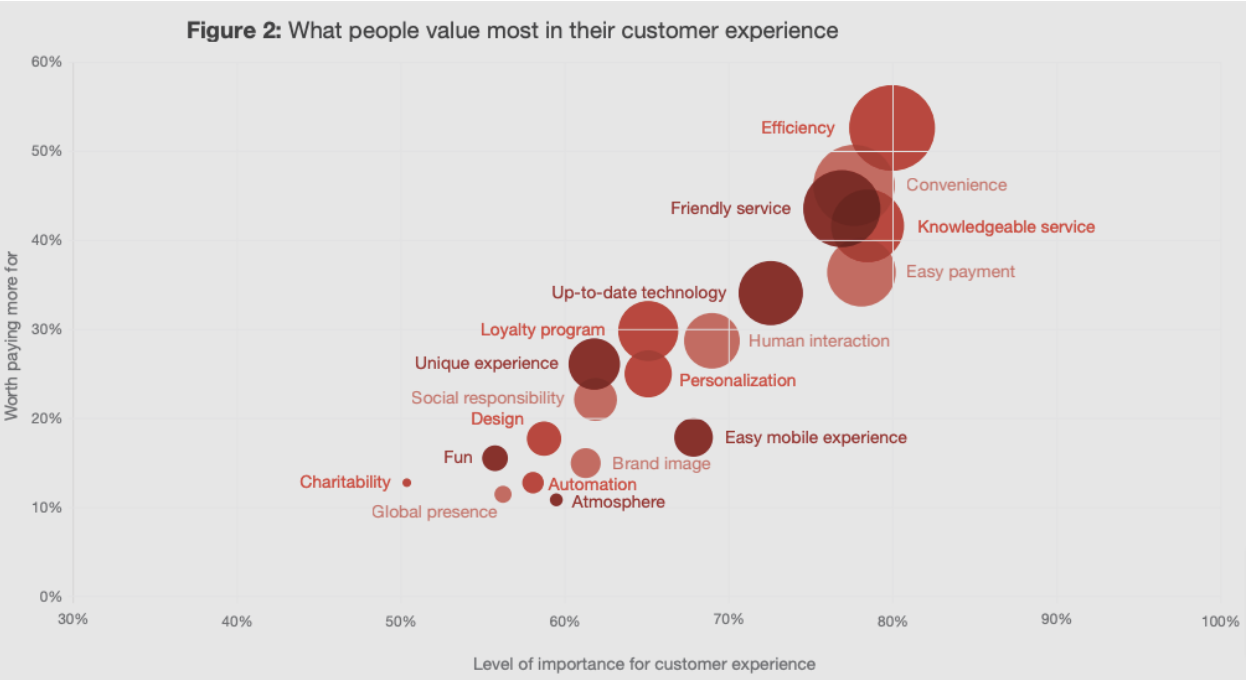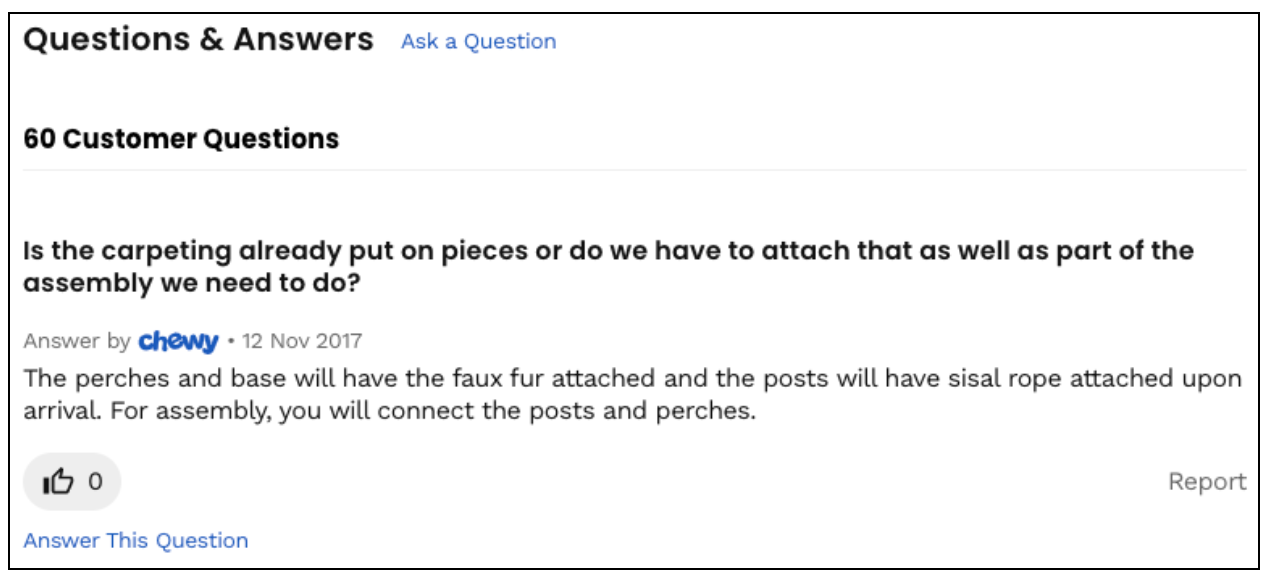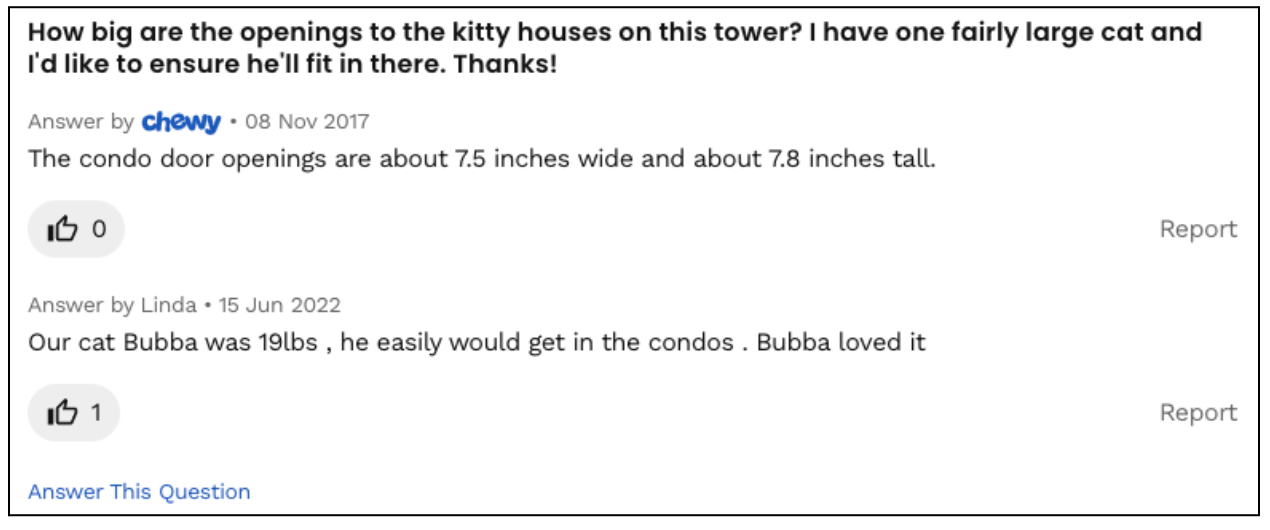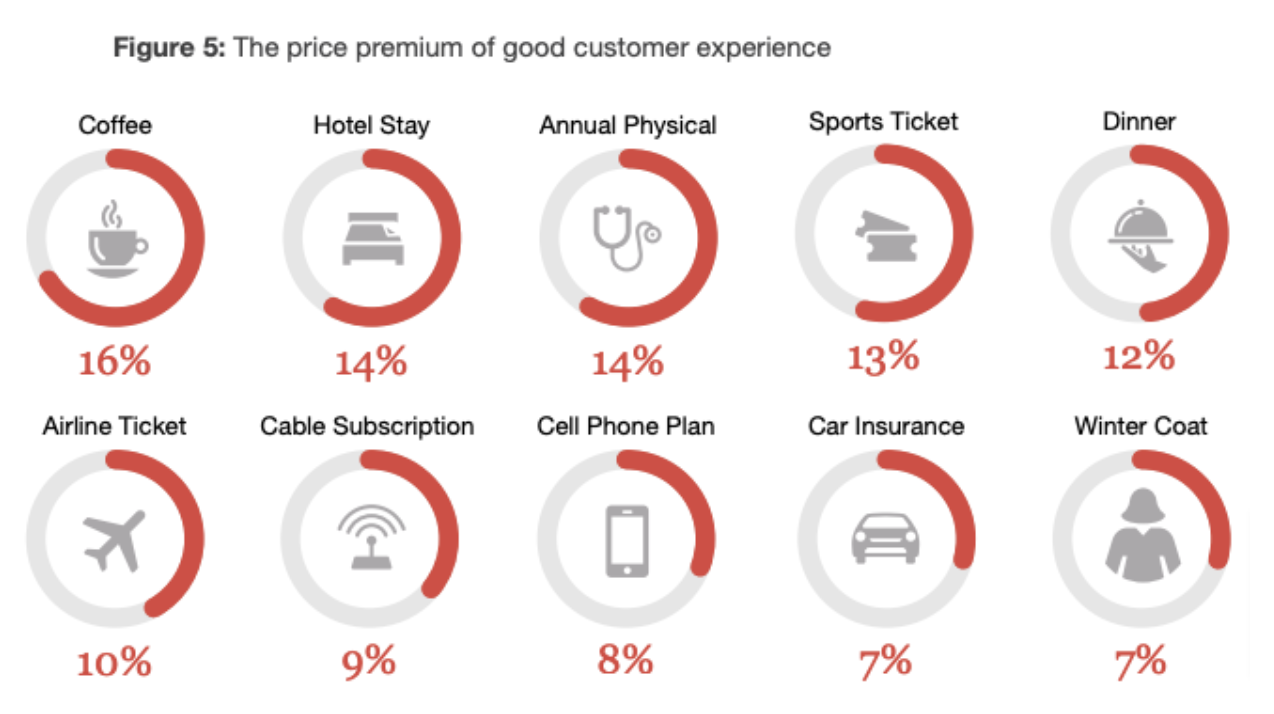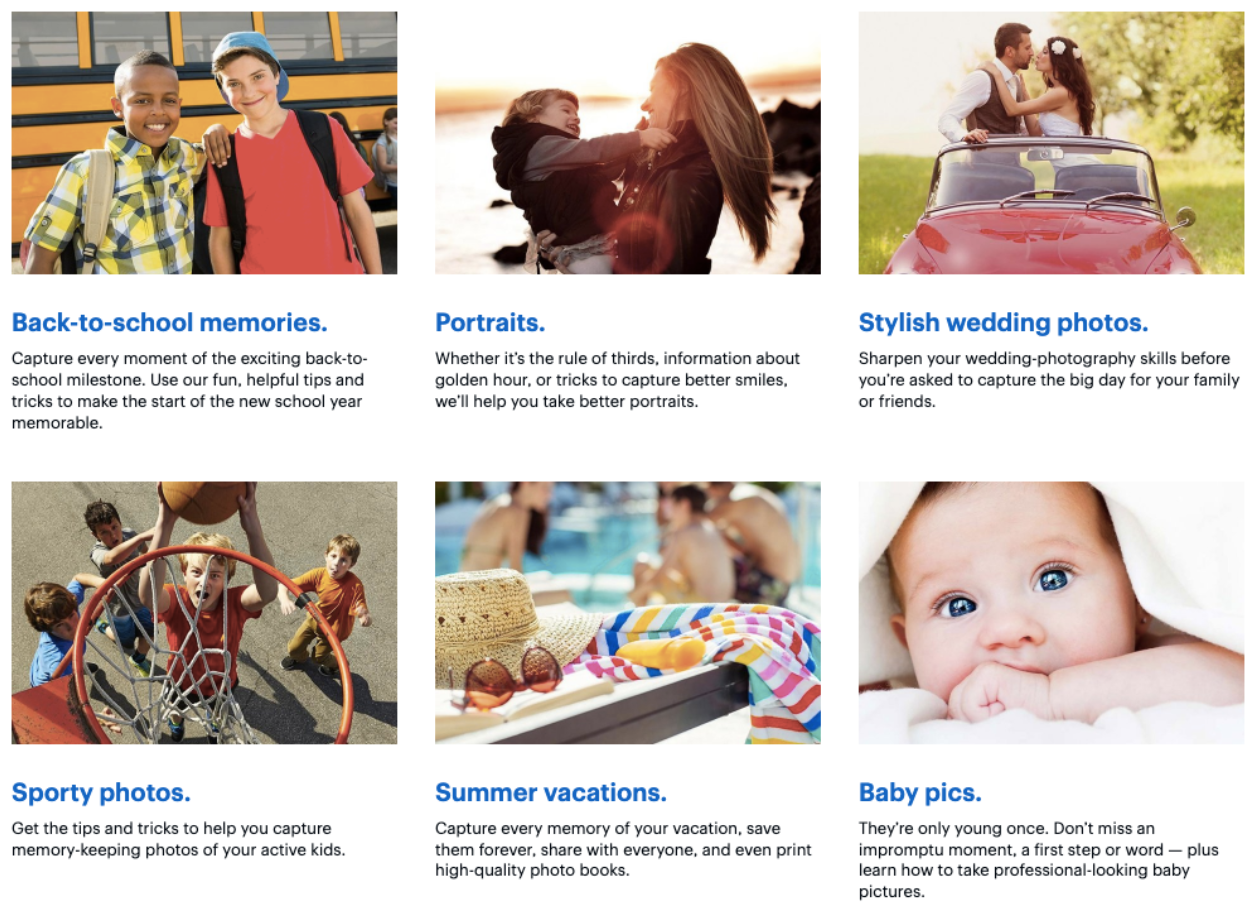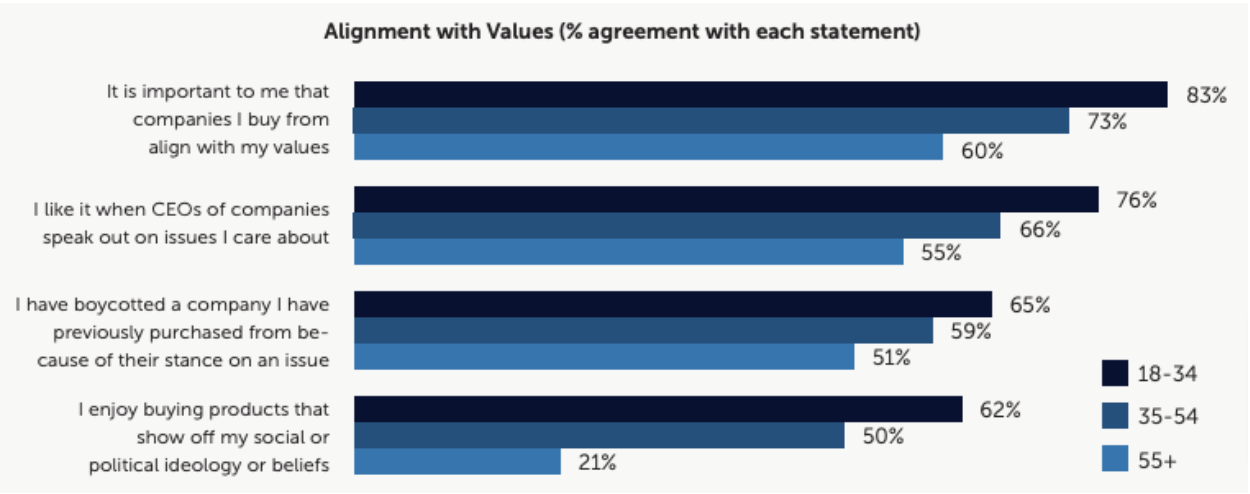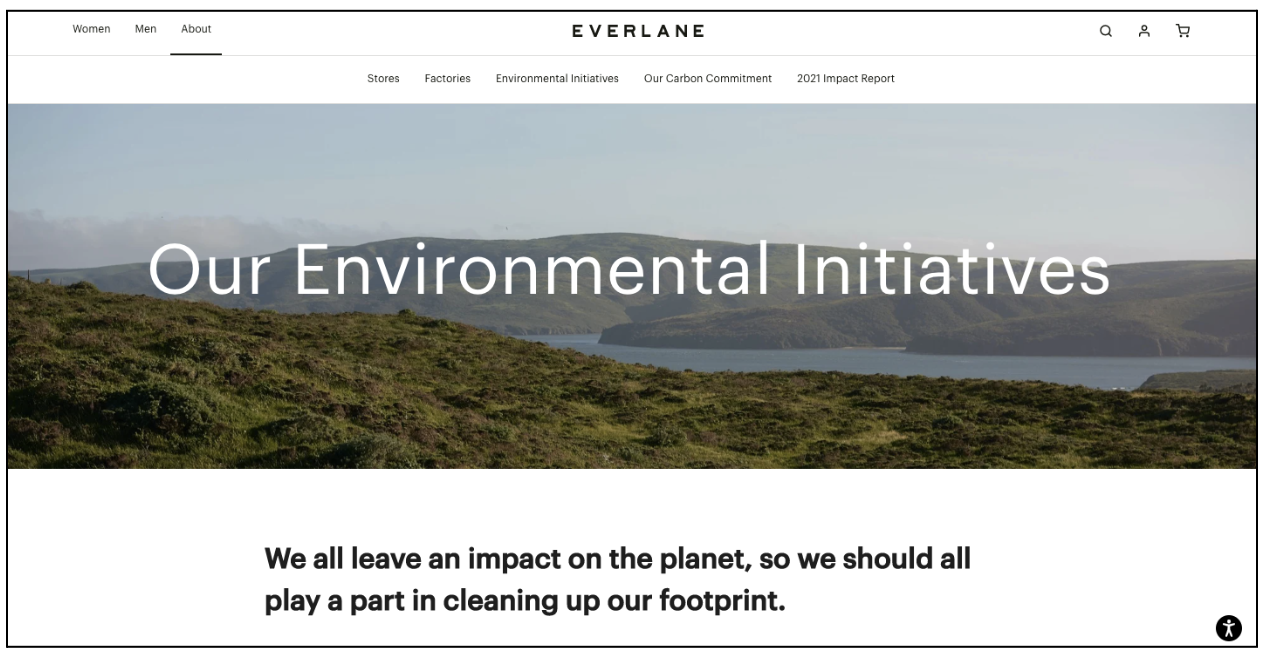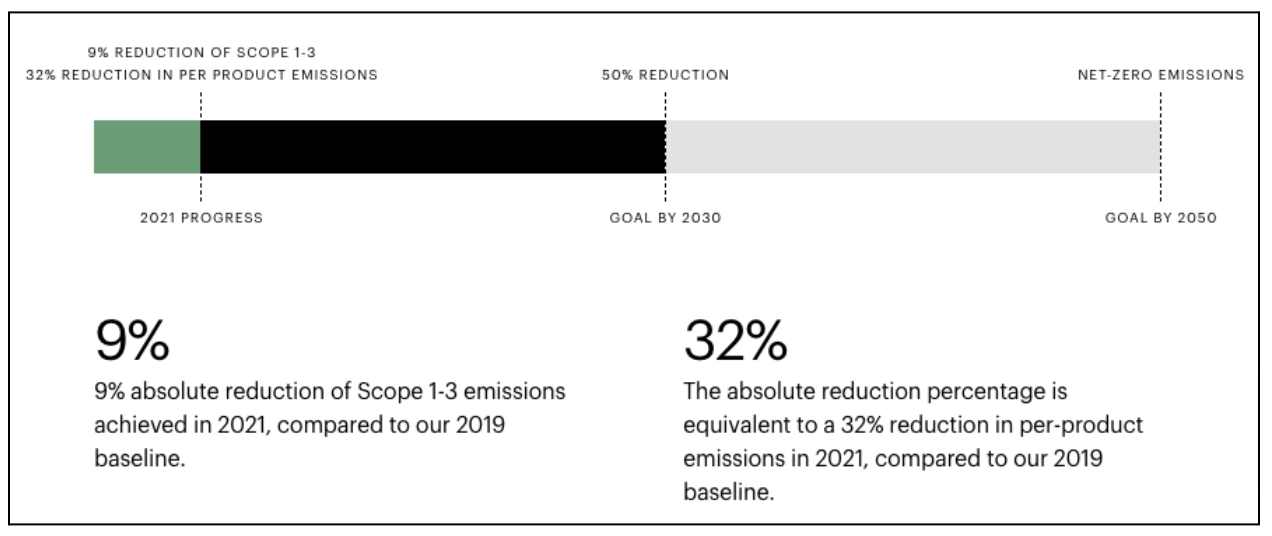Building brand awareness and generating leads is one of the top priorities for ecommerce brands in 2022, according to Verifone’s latest ecommerce trends survey.
So it’s no surprise that the same survey discovered an astonishing 96% of merchants planned to increase their budgets, with marketing budgets expected to see the highest growth across all categories.
But upping your marketing spend isn’t a guarantee of driving better results.
The fact is, content marketing for ecommerce is difficult. Naturally, you want to integrate products into your blog and marketing content where possible — after all, you’re here to make money. But you don’t want to push would-be customers away by being too salesy.
To help you strike the right balance, we’re sharing three of our favorite best practices for content marketing for ecommerce (plus examples of brands who are succeeding at their ecommerce content marketing):
- Use FAQ content to streamline the path to purchase
- Create video content to engage and upsell existing customers
- Build a landing page to showcase your ethical credentials
3 Content Marketing Best Practices for Ecommerce Brands
1. Use FAQ Content to Streamline the Path to Purchase
You’ve probably heard that consumers love innovative, boundary-pushing design.
Or that a strong image will help you stand out from the competition and drive more sales.
Those things are true to an extent, but they’re not the biggest factors in whether or not any given consumer will buy from you.
According to PwC, shoppers actually have pretty simple demands: they want a fast, efficient path to purchase, guided by expert support and friendly service.
Clearly, there are lots of ways to make that happen, from shortening the checkout process to building an effective customer support function. But one of the smartest — and simplest — strategies is to create content around frequently asked questions (FAQs).
You don’t need to be a rocket scientist to understand how FAQ content can boost your conversion rate. Your customers have various questions about your products and processes — and they won’t buy until they’ve found the answers.
But they don’t want to spend hours clicking around your site or emailing your support team.
So why not include all that helpful information on your product pages?
That’s precisely what pet products retailer Chewy does. Take a look at the FAQ section for this fetching faux-fur cat tree:
They showcase no fewer than 60 answers to real-world customer questions. And while most of the answers are provided by Chewy itself, customers can also respond to the questions, which adds an extra layer of trust:
In this way, Chewy’s FAQ content effectively doubles as a product-specific review platform.
That’s extremely useful, with 89% of consumers choosing to read reviews before making a purchase, according to research from Trustpilot and Canvas8.
Key Actions
- Speak to your customer support team. What questions are they asked over and over again? Use the results to build a general, sitewide FAQ section and link to it from your product pages.
- Once you’ve built your top-level FAQ page, niche down by giving customers a way to ask questions about individual products. Each time a new question gets asked, provide an answer — and give other customers a way to provide their own answers.
2. Create Video Content to Engage (& Upsell) Existing Customers
Marketing is often too quick to focus on acquiring new customers at the expense of engaging existing ones.
Thing is, that doesn’t make a ton of sense. Loyal customers are worth their weight in gold.
According to KPMG:
- 86% of loyal customers will recommend a company to friends and family
- 66% will write a positive online review after a good experience
- 46% will remain loyal even after a bad experience
But loyalty doesn’t come for free; it must be earned. If all your messaging is geared toward attracting and converting new customers, you’re not doing much to convince existing customers to stick around.
Okay, so how do you foster loyalty and slash churn?
Again, there’s no single answer. But one effective tactic is to demonstrate the value of your product.
To be clear, value doesn’t (necessarily) equal price. It speaks to the entire customer experience, from the moment a future customer first discovers your brand, to the support they receive post-purchase.
With PwC’s research revealing that shoppers are prepared to pay up to a 16% price premium to guarantee a good experience, a great customer experience doesn’t just help you foster loyalty — it allows you to charge more for the same products.
You won’t be shocked to learn that content marketing for ecommerce can be one of the most effective tactics for demonstrating value and enhancing your customer’s experience.
Best Buy is well aware of this. A big part of its content strategy centers on creating videos to help people make best use of various tech products, such as these video guides on how to take better photos:
This is a fantastic tool for engaging existing customers.
Think about it. If you bought a $500 camera, it’s because you want to take stunning pictures. Best Buy offers tons of advice to help you do just that, segmented by the various types of occasion you might be trying to snap.
There’s nothing pushy about these videos — they’re not trying to drive sales right here, right now. Rather, they’re providing real, memorable value, so that when it’s time to upgrade your camera, or buy a new lens, or invest in lighting or accessories, Best Buy will be your first port of call.
Key Actions
- Think about your products. What would help customers make better use of them? Perhaps you go down Best Buy’s how-to guide route; maybe you create style guides that show various ways to dress up a shirt or a pair of jeans; maybe you showcase “hidden” product features that aren’t immediately obvious to first-time users. Scribble down your ideas and turn them into video content.
- Need more inspiration? Run a customer survey to find out what topics would be most useful to your existing customers.
3. Build a Landing Page to Showcase Your Ethical Credentials
Online retail used to be a whole lot simpler than it is today.
Traditionally, if you sold a great product at a competitive price, sales would flourish, profits would increase, and new customers would flock to your brand.
Obviously, price and quality are still important. But today, consumers have so much choice that it’s basically impossible to stand out online on these factors alone.
Customers recognize that they have more power than ever, and they’re using it to shop with companies that align with their worldview. Companies that support causes they’re passionate about and aren’t afraid to speak out on issues that are close to them catch consumers’ attention.
Value alignment is a big deal among younger consumers, with 83% of 18 to 34-year-olds describing it as “important” in their buying decisions. But while that number is lower for older demographics, still 60% of people aged 55+ still prefer to buy from companies that share their values.
When it comes to discussing your corporate social responsibility efforts, don’t expect consumers to simply take your word for it.
They don’t want to hear vague promises; they want specific commitments (and regular progress reports).
Fashion ecommerce brand Everlane gets it right, having created a landing page dedicated to its environmental initiatives.
Not only does Everlane explain why they care about sustainability, but they back up their commitments with hard numbers, such as a pledge to achieve 55% lower per-product carbon emissions by 2030.
All of this is brought to life by the company’s annual impact reports, which allow consumers to check if Everlane is delivering meaningful action towards its big-picture goals.
Since consumers are actively looking to buy from ethical brands, there’s absolutely no issue with shouting about these sorts of pledges across your various marketing channels.
For instance, Everlane references their “ethical factories” and “radical transparency” within their Instagram bio:
Key Actions
- Survey your existing customers to understand the ethical issues that matter most to them. Is it sustainability? Diversity? Ethical production? Focus on one big topic and figure out how you can support it.
- Build a dedicated landing page to explain the specific steps you plan to take, backed up by hard numbers where possible.
- Publish quarterly, half-yearly, or annual progress reports toward your commitments. Don’t forget to share your ethical pledges and progress on social media!!
Content marketing for ecommerce is a lot of work. Don’t have the resources to do it all yourself? Content Conquered can help!
Get in touch with us today to see how we can help you grow your brand, reach new audiences, and build a loyal customer base.

